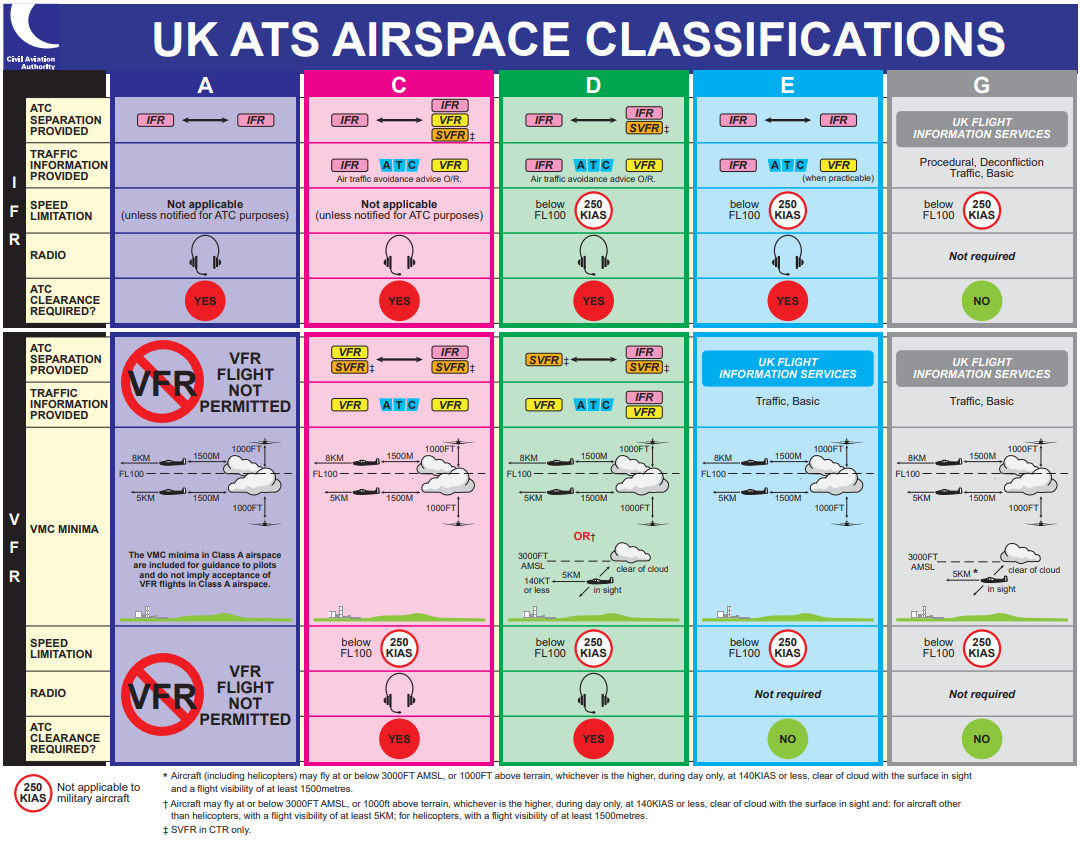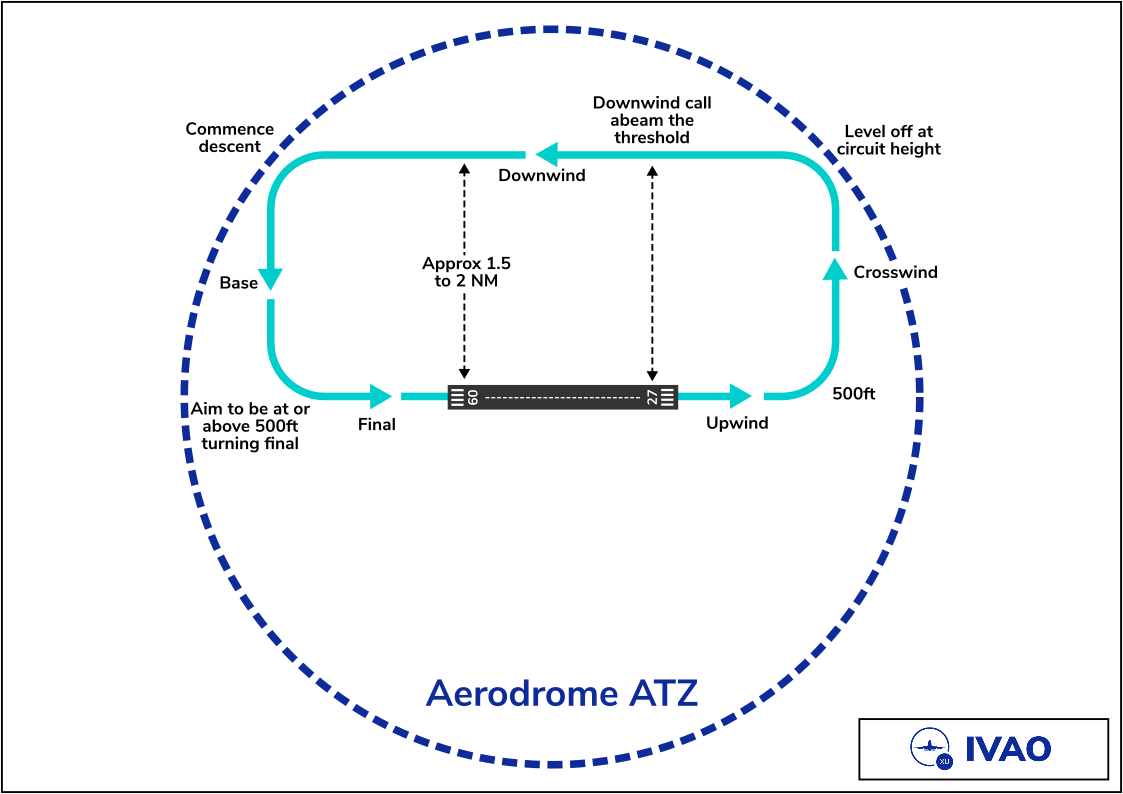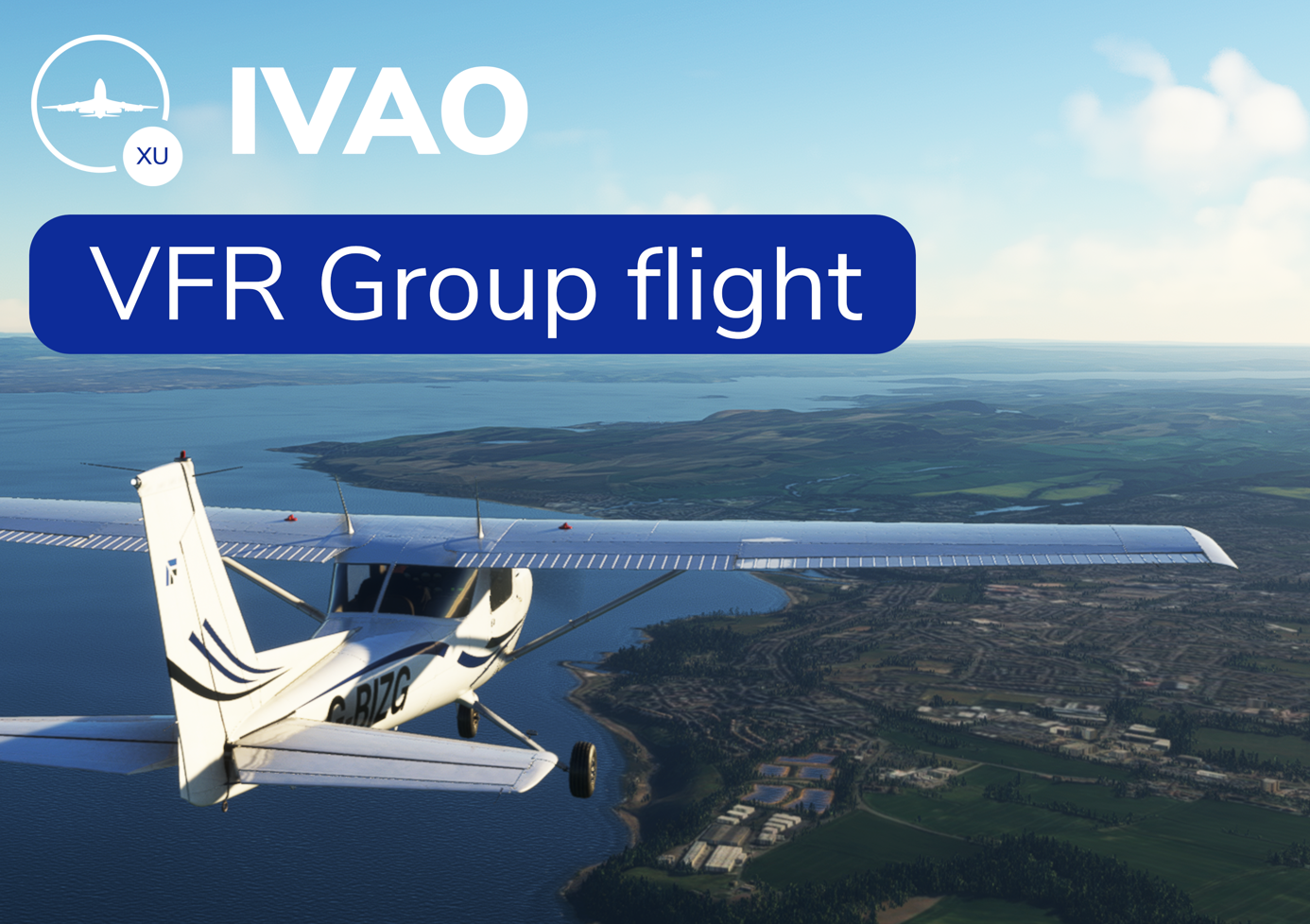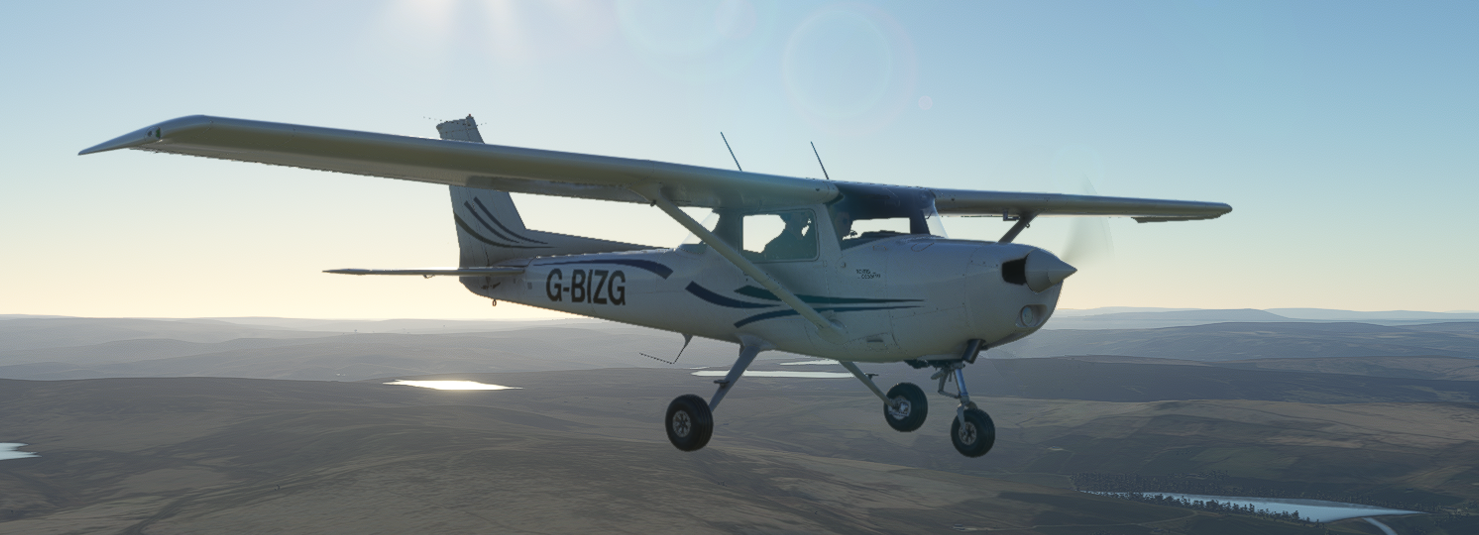PP - Private Pilot
What you will need to know
For simulation use only
Flight Planning and rules
- Aircraft Specific POH (Pilot operating handbook)
- Meteorology including METAR's and TAF's.
- Fuel planning
- Route planning
- VFR and Special VFR minima
- Essential rules of the air and air law
Airspace and ATC
- Airspace Classifications
- Airspace hazards and restrictions
- Air Traffic Services (Air/Ground, FISO, Tower, Radar/Approach)
- Flight Information Services (Basic and Traffic service)
Practical flying skills
- Tracking towards VOR/DME's and NDB's
- Controlled airspace entry/exit
- Standard overhead join
- VFR clearance and circuits
- Special VFR
- Phraseology
Documentation
- IVAO Private Pilot (PP) Exam Briefing guide Click here to view
- IVAO Private Pilot (PP) Training Documentation Click here to view
- CAA Skyway code Click here to access the Skyway Code
The CAA's Skyway Code
The XU Training department highly recommends the Civil Aviation Authorities Skyway Code. This document contains all the essential information you will require to plan and fly under VFR conditions. The guide also includes phraseology examples.
Flying in Ireland
VFR flight in Ireland is conducted under ICAO rules which have various differences from UK CAA. If you would like to learn about these differences, please ask an instructor during the VFR group flight.
Aircraft POH (Pilot Operating Handbook)
Most aircraft Pilot Operating Handbooks or POH's have been published online. If you would like to find your aircraft's POH, type in "Cessna 150 POH". The aircraft POH contains essential information such as airspeed limitations, fuel burn figures, normal and emergency checklists. You will be required to reference the POH in your Private Pilot Exam.
Here is a list of common aircraft POH's (for reference only)
Airspace classification and VFR minima (CAA)

Source: NATS AIS
Airspace classification and VFR minima (ICAO)


Source: EASA
Flying the VFR circuit
Here is an example of a typical left hand VFR circuit. Although you should try your best to fly within the Aerodrome ATZ, this is not always possible due to factors such as ATC, weather and local restrictions.

Fuel planning
You must ensure you take sufficient fuel to ensure you carry out your flight safely and ensure you consider extra fuel as required by the POH or your specific flight. You must also ensure you take the minimum reserve fuel which is an extra 30 minutes by day and 45 minutes at night. (Part-21 aeroplanes and helicopters under Part-NCO).
When flying VFR fuel is worked out through various methods. In the real world this is done manually via a flight computer (also known as a whizz wheel) and electronically via various flight planning programs such as Sky Demon. In the virtual world, there are many flight planning programs you can use to achieve the same result such as Little Nav Map, Virtual E-6B etc. It's important to use a method you are comfortable with using.
The fuel figure you will need to plan your flight will be given in US Gallons, Imperial Gallons or Litres per hour. This figure will be given in the POH.
For more information on fuel planning, please ask one of our PP rated Instructors during our weekly VFR group flight.
VFR Group flight
We will fly VFR between two airports and invite members who have an interest in general aviation flying to take part.
On selected Thursday's at 7pm Local time, the XU training department will be on hand to answer any questions you may have relating to theory or practical subjects relating to Private Pilot flying and exams. We are also more than happy to demonstrate these to you during during the flight.
For more information on VFR group flights, please check the XU Discord.
